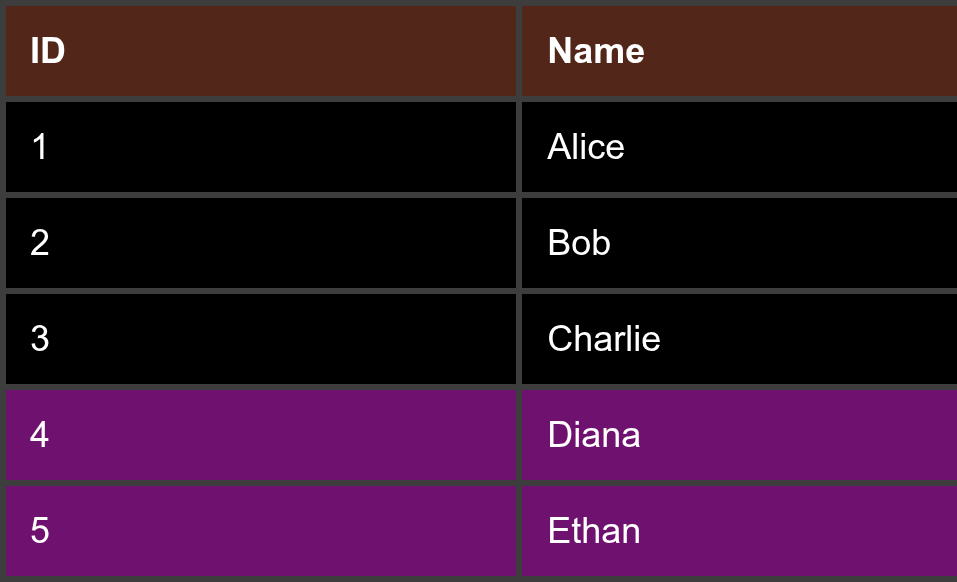The yield keyword is used when the method or accessor is an enumerator. Using yield return returns one element at a time.
The thing to remember here is that IEnumerable/IEnumerable<T> is a stream, not a collection. This is where many developers misuse IEnumerable (myself included once upon a time). Consider the following code:
public IEnumerable<Person> GetPeople()
{
var list = new List<Person>();
// database connection/command logic removed for brevity
while (reader.Read())
{
var person = MapPerson(reader);
list.Add(person);
}
return list;
}
This is probably what you are used to seeing, but is actually a misuse of IEnumerable. The code works just fine, but it is not leveraging the benefits of IEnumerable being a stream.
Let’s refactor to use yield return:
public IEnumerable<Person> GetPeople()
{
// database connection/command logic removed for brevity
while (reader.Read())
{
var person = MapPerson(reader);
yield return person;
}
}
What we are doing now is streaming the elements one at a time. Each iteration by the consumer of this method comes back to the point of the yield and executes the next statement, in this case the while. The benefit? We eliminated a loop and an object allocation. Rather than looping through all the records, building up a list, then looping through the list, we just loop through the records once.



